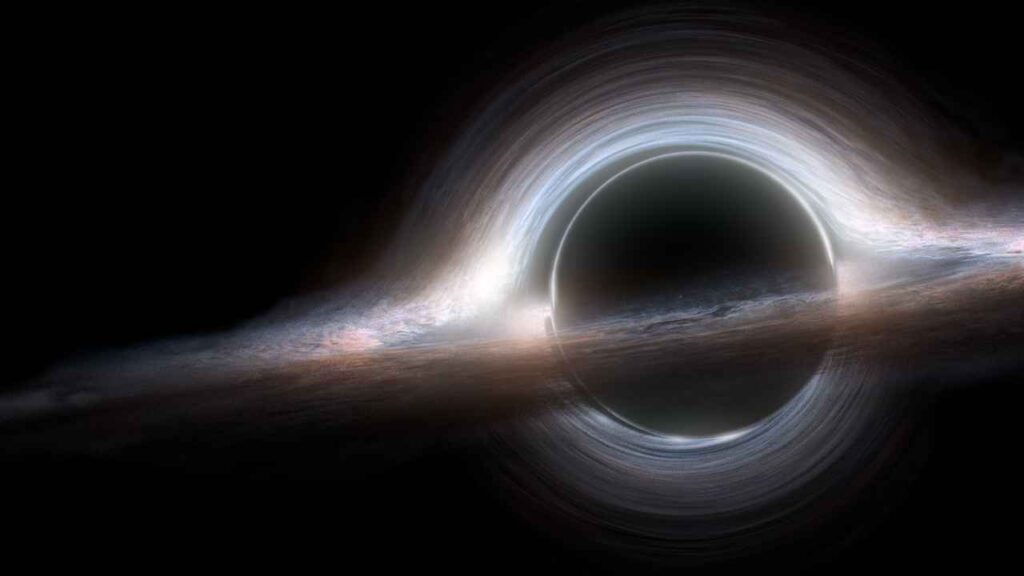New studies published in the journal Nature have revealed the presence of an intermediate-mass black hole in the Omega Centauri star cluster. Located only 18,000 light-years away, this group of stars now hosts the nearest known large black hole to our solar system.
What Defines an Intermediate-Mass Black Hole?
Scientists have struggled to identify intermediate-mass black holes (IMBHs). These black holes fall between the well-studied stellar black holes, which have masses up to a few tens of solar masses, and the enormous supermassive black holes found at galaxy centers. Theories suggest that IMBHs have masses ranging from 100 to several hundred thousand times that of the Sun. Discovering IMBHs is vital for understanding galactic evolution and the dynamics of the early universe.
The Enigmatic Omega Centauri
Astronomers have long been intrigued by Omega Centauri, the Milky Way’s most massive globular cluster, which could be the core of a smaller galaxy that has been absorbed. Recent studies using the Hubble Space Telescope have confirmed the presence of a black hole in Omega Centauri. Analysis of historical data and the rapid movement of certain stars—confined by an unseen force—has bolstered the theory of an IMBH with at least 8,200 solar masses.
Analyzing the Omega Centauri Black Hole

In a recent study, over 500 archival Hubble Space Telescope images spanning 20 years were examined. These images allowed researchers to determine the velocities of 1.4 million stars in Omega Centauri. The movement patterns of seven exceptionally fast-moving stars indicated the gravitational influence of a massive, hidden object, later identified as a black hole.
Pathways to Black Hole Formation
Black holes primarily form when massive stars exhaust their nuclear fuel and collapse under their own gravity. Other formation pathways include direct collapse, where dense hydrogen clouds bypass star formation to create black holes directly, and the merging of binary star systems. Supermassive black holes can form through the direct collapse of gas clouds in the early universe or via the gradual merging of smaller black holes. Over time, black holes grow by accreting additional matter and merging with other black holes.



![kihikila.in[Black hole]_11zon](https://www.kihikila.in/wp-content/uploads/2024/07/kihikila.inBlack-hole_11zon-1.jpg)
